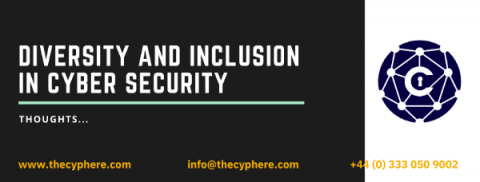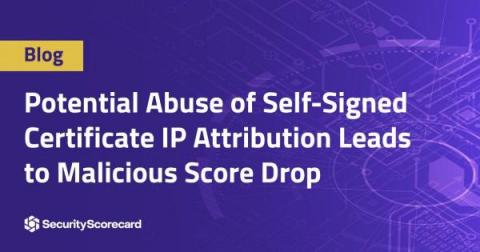OSINT: The privacy risks of sharing too much information
In the past, I’ve written about digital privacy and how much data we leak through our day to day interactions. I think this is an important topic to consider and really focus on and it is an element of cybersecurity at both the enterprise and personal level that isn’t discussed enough.











